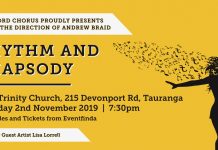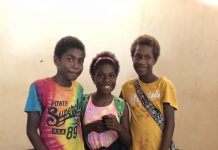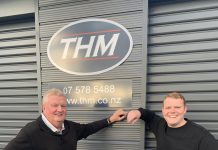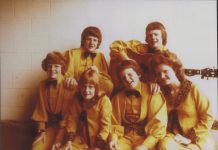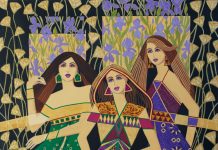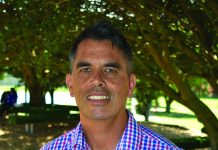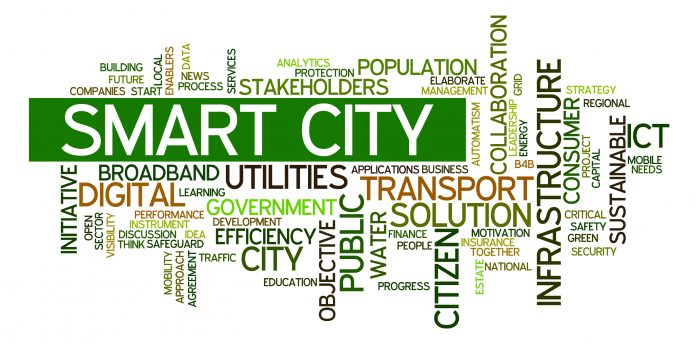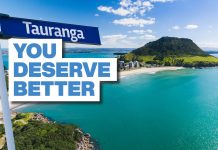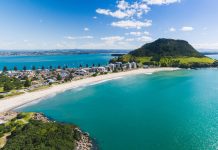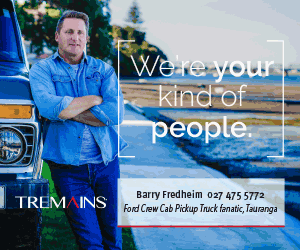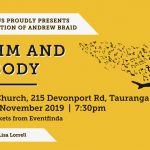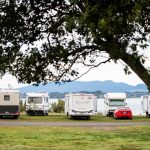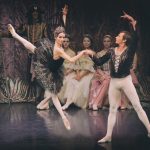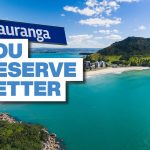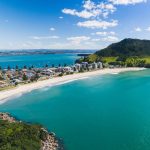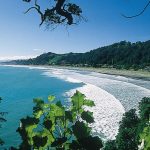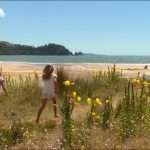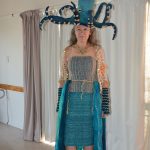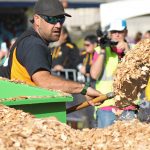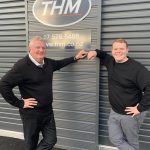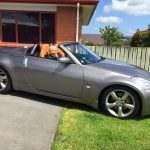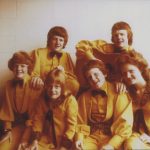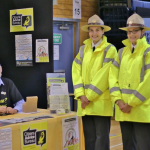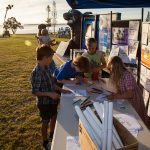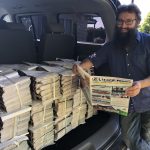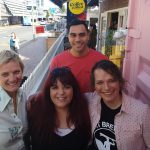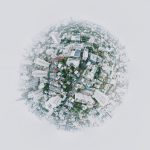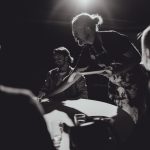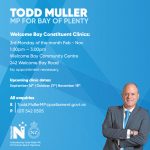We all want Tauranga to be a beautiful city. I will refrain from using the word ‘great’ as that has recently developed other connotations.
Tauranga was, until the 1980s a naturally beautiful city. Overlooked by Mauao, the sacred mountain, “Tauranga” means “a sheltered place to anchor or shelter.”
Issues
The worldwide trend of urbanisation, where more people now live in urban centres (cities), means that to remain a beautiful city, we must be a smart city. At last count there were more than 30 urban “live-ability indexes” produced worldwide. Tauranga is not alone as a city confronting issues such as housing affordability, ageing population, air pollution and congestion.
These issues evolve to broader issues such as public transport, urban design, economic prosperity, gender discrimination, democratic participation, inclusion, social cohesion, public space and environmental resilience. Building a beautiful city is not easy, the ‘plumbing’ required is well beyond the skills of an average tradesman. To remain a beautiful city, Tauranga must be a Smart City.
Foresight
I am concerned that despite huge growth in the last thirty years, Tauranga has slid down the scale of ‘beautiful’. Rate of change in Tauranga is occurring now at a much greater rate than ever before.
It is important therefore that we foresee problems and manage them before they must become accepted as ‘unavoidable’.
Knowledge
Loss of the factors which contribute to making Tauranga beautiful often arrive insidiously. City leaders must be able to foresee these changes and have the knowledge and courage to take action to prevent these from having an adverse effect on the beautiful city we remember, and aspire to live in.
Adverse effects
Without under-rating the many serious social and health issues which exist in Tauranga, I would like to raise some of the adverse effects inflicted on Tauranga by the Port of Tauranga.
In particular the increasing movement of logs through our city. Simply, log trucks increase traffic congestion and on occasions have killed pedestrians, cyclists and people in cars. Log trucks pollute our environment in multiple forms. Fumigation of logs at the port with methyl bromide, (toxic to human and similarly sea life in the harbour) while being outlawed, continues apace at the Port. Forestry and logging account for 1.5% of BOP’s GDP. Port costs are a major cost to forest owners. Is there an alternative which is beneficial to the forestry industry? Perhaps there is.
Port ownership
Some will say that the financial dividends from the Port of Tauranga (POT) are good for the city. By what measure can that be said? 54% of POT is owned by Quayside Holdings Ltd (QHL) a subsidiary of our Regional Council. Directors of QHL must focus on what is good for all shareholders in POT; they must not financially disadvantage investors holding 46% of POT shares in preference to better community outcomes.
POT may claim community and environmental issues are important to it, but it is an instrument to generate profits from goods passing over land it owns.
Conflicts
Only one director of POT lives in the Bay of Plenty, that is the chairman of the Regional Council. I suggest he has an impossible conflict of interest, however even he does not have to live with the adverse effects it creates as he lives in Opotiki.
This is a structural problem resulting in significant adverse effects being inflicted on our city. While many directly involved will prefer the status quo, something must be done to
rectify this problem.
Recent events suggest that our Councils have failed us. The community must act now if it wants Tauranga to be a beautiful city.
-By Peter McArthur



